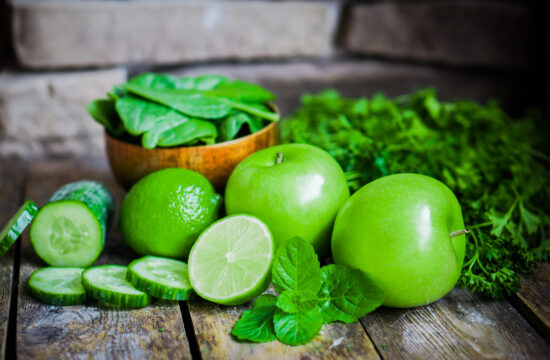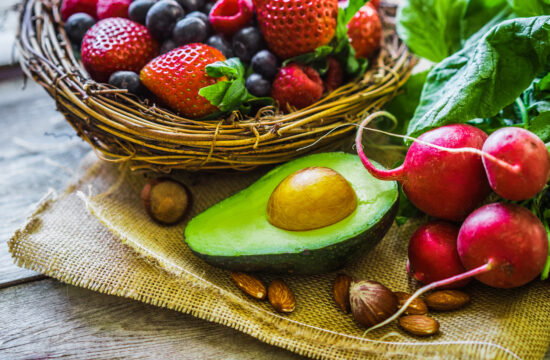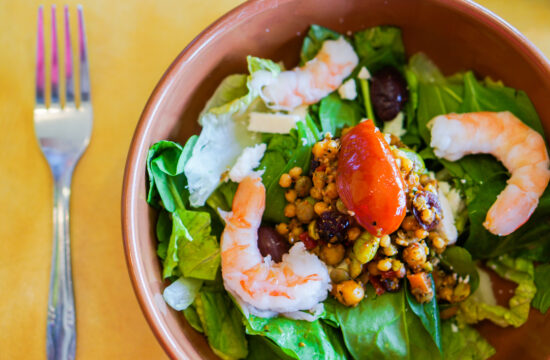Understanding Gluten and Its Sources
What is Gluten?
Okay, first things first! Gluten is basically a protein found in wheat, barley, and rye. When I started my gluten-free journey, this was one of the pieces that caught me off guard. Not only is gluten present in your typical bread and pasta, but it sneaks into a ton of other foods too, like sauces, dressings, and even some snack bars. The more I learned about it, the clearer it became just how important it was for me to be diligent in avoiding these hidden sources.
When I initially found out I had to go gluten-free, my head was spinning. It felt overwhelming, but understanding exactly what gluten is helped. I realized that being informed was my best weapon in avoiding gluten and feeling better overall. Plus, knowledge is power, right?
Need a Strong Nutrition Boost for Your Diet? Take a Look...
These days, I make it a point to read every label and ask questions whenever I’m at a restaurant. It’s amazing what you’ll discover when you start doing that! This leads to my next piece of advice—always stay inquisitive.
Identifying Hidden Sources of Gluten
One of the biggest challenges I faced was identifying hidden sources of gluten. I used to think I could just avoid bread and pasta, but there’s so much more to it. For instance, many sauces and processed foods contain gluten, and it’s essential to check labels. I can’t stress this one enough—just because it doesn’t look like it has gluten, doesn’t mean it doesn’t have it!
When I began cooking more at home, it was a game changer. Not only could I control what went into my meals, but it also motivated me to learn how to make gluten-free versions of my favorite dishes. There are tons of gluten-free alternatives filling the shelves these days, and exploring them has been such a fun adventure.
It’s also worth mentioning that oats can be tricky. They can often be contaminated with gluten in processing, so make sure you’re buying certified gluten-free oats. Getting used to checking these things takes time, but it really pays off!
Need a Strong Nutrition Boost for Your Diet? Take a Look...
Educating Yourself on Gluten-Free Grains
One area I found fascinating when going gluten-free was learning about all the alternative grains out there. After ditching wheat, I discovered a whole new world of gluten-free grains like quinoa, rice, and millet. Each one brings a unique flavor and texture to the table, making it easier to find satisfying substitutes for the gluten-filled options I sorely missed.
I took the time to experiment with different recipes, and I found out that gluten-free doesn’t mean flavor-free! Quinoa salads became a favourite in my household, and now I can’t imagine not having it in my diet. Plus, investing the time to educate yourself means more delicious meals!
Remember, balance is key in a gluten-free diet too. It’s easy to fall into the trap of relying on gluten-free processed foods, which aren’t always the healthiest option. Focusing on whole foods and experimenting with new grains really helped me keep my meals nutritious and diverse.
Staying Prepared and Mindful
Meal Planning and Prep
Let me tell you, meal planning is **everything** on a gluten-free diet! I’ve found that when I set aside a few hours on the weekend to prep meals for the week, it saves me from those last-minute gluten-filled temptations. I invest time in creating a plan that keeps my fridge stocked with gluten-free meals ready to grab.
When I’m organized, mealtime becomes so much less stressful. I just whip out something delicious I’ve prepped, like a hearty vegetable soup or a quinoa salad, and I’m good to go! Plus, it saves money because I’m not constantly eating out or relying on takeout.
Don’t forget snacks, too! I try to keep gluten-free snacks on hand, like fruits, nuts, and gluten-free granola bars. This way, I’m not wrestling with cravings or making impulsive food choices that could sidetrack my diet.
Dining Out Smart
Eating out used to give me anxiety, but once I realized that dining out gluten-free is totally doable, my experiences took a turn for the better. The key is to do a bit of research beforehand. I always check menus online and call the restaurant if I have any questions about their gluten-free options.
If you can find a restaurant that specializes in gluten-free meals, go for it! These places are usually much more understanding of cross-contamination and can be a lifesaver to your dining-out sanity. I’ve found a few gems in my area that have dedicated gluten-free kitchens!
And when I’m at a restaurant, I’m not afraid to ask a ton of questions. I’ve had great luck with servers who are knowledgeable and willing to help me navigate the menu. It’s really about being your own advocate!
Handling Social Situations
Social situations can be a big hurdle when managing a gluten-free diet. At first, I felt weird about bringing my own food or having to explain my gluten-free needs to friends and family. But let me tell you, they appreciate honesty! Most people want to be accommodating if you give them a heads up.
These days, I’m not shy about communicating my dietary needs ahead of events. If I’m heading to a friend’s house for dinner, I’ll usually offer to bring a dish. Not only does it ease my worry about food options, but it introduces others to great gluten-free meals!
Good HealthY DIETING Solution is Easier Than Most People Think!
Take a Look for Yourself!
Over time, I’ve also found that many places are becoming more aware of gluten-free diets and are offering more options. This is definitely a win-win for everyone. Just keep an open line of communication and offer to educate them if they’re open to it!
Finding Support and Resources
Connecting with Others
One of the most comforting things during my gluten-free transition was connecting with others who understood what I was going through. Seeking out gluten-free support groups—whether online or locally—has been an amazing experience. Sharing recipes, tips, and stories with others makes you feel less isolated!
These groups also provide a platform to get real-life advice. Whether it’s about the best gluten-free products or coping strategies for social events, having a community to turn to is invaluable. I’ve made some great friends along the way, and it’s just nice to have that shoulder to lean on.
Don’t be afraid to reach out! Social media platforms are full of gluten-free communities that welcome newcomers with open arms. You might even receive suggestions for places to eat that you never knew existed!
Using Technology to Your Advantage
In this digital age, your smartphone can be a great ally in maintaining a gluten-free diet. There are several apps out there designed to help you find gluten-free restaurants, scan barcodes for gluten-containing ingredients, and even keep a food diary. I’ve found using food apps makes my grocery shopping trip much easier.
Additionally, blogs and cooking websites provide endless recipes and nutrition tips. I’ve gotten lost in countless cooking videos that show you how to whip up gluten-free meals quickly and easily. It’s really inspiring to see how much creativity there is in gluten-free cooking!
Having these resources at my fingertips means I can stay informed and inspired. The tech-savvy approach has made my transition much smoother—taking the guesswork out of the equation in a culinary adventure!
Consulting Professionals
Finally, if you find yourself struggling to adjust or just need some expert advice, don’t hesitate to reach out to a nutritionist or dietitian who specializes in gluten-free diets. A consultation can provide personalized guidance tailored to your needs and help you feel confident about what you’re eating.
Early in my gluten-free journey, I met with a dietitian who taught me about balancing nutrients and making sure I was still getting everything I needed. It took a weight off my shoulders knowing I had a professional’s take on my diet.
Additionally, support from healthcare professionals can give you access to more resources and ensure you’re staying healthy while making dietary adjustments.
Conclusion
Managing a gluten-free diet may seem challenging at first, but armed with knowledge, preparation, and support, it becomes much easier—and even enjoyable! Embracing this lifestyle has opened up new avenues for creativity in the kitchen and made me more in tune with what I’m putting into my body.
FAQ
1. What are the main sources of gluten?
Gluten is commonly found in wheat, barley, and rye. This includes many bread products, pasta, cereals, and some processed foods like sauces and dressings.
2. Can I eat oats on a gluten-free diet?
Oats can be gluten-free, but they can often be contaminated with gluten during processing. It’s important to look for certified gluten-free oats.
3. How can I avoid gluten when dining out?
Research the restaurant’s menu beforehand, call ahead to ask about gluten-free options, and don’t hesitate to ask the server about cross-contamination.
4. Are there healthy gluten-free snacks?
Yes! Fruits, nuts, seeds, yogurt, and gluten-free granola bars are all great options that provide nutrition without gluten.
5. Is it necessary to consult a dietitian when going gluten-free?
While it’s not mandatory, consulting a dietitian can be extremely helpful in ensuring you maintain a balanced and healthy diet while avoiding gluten.












